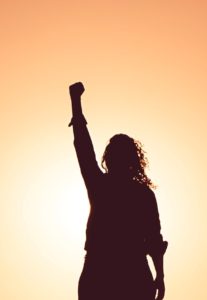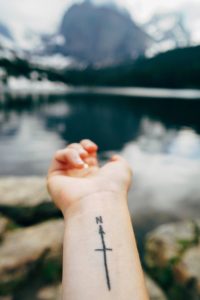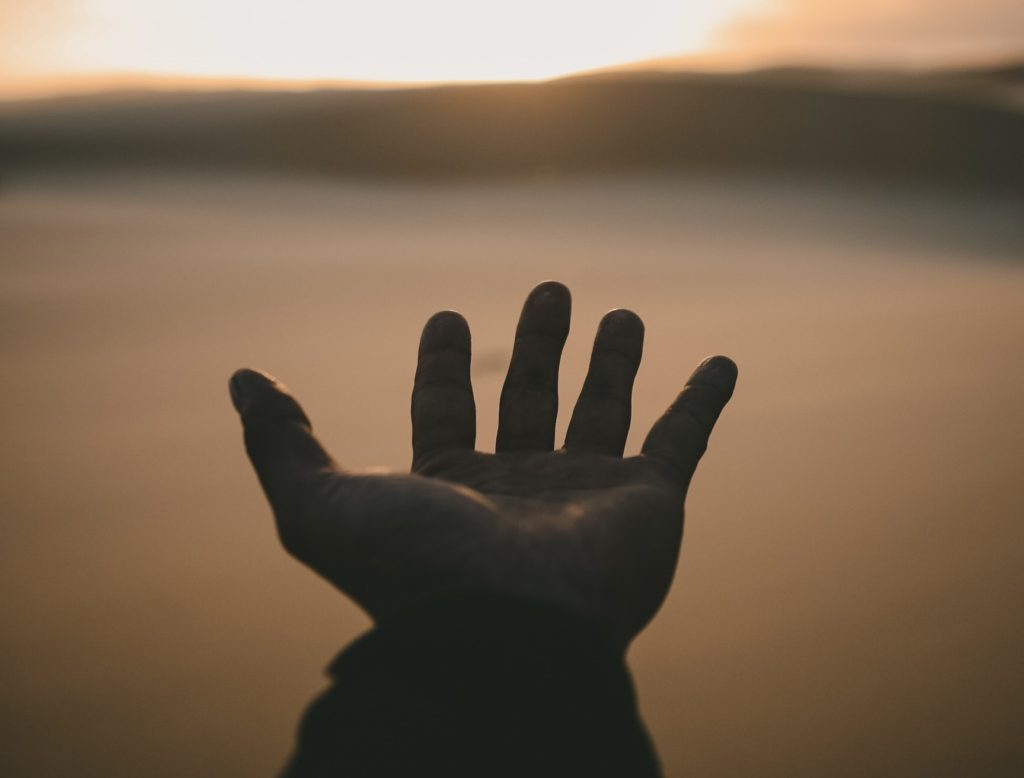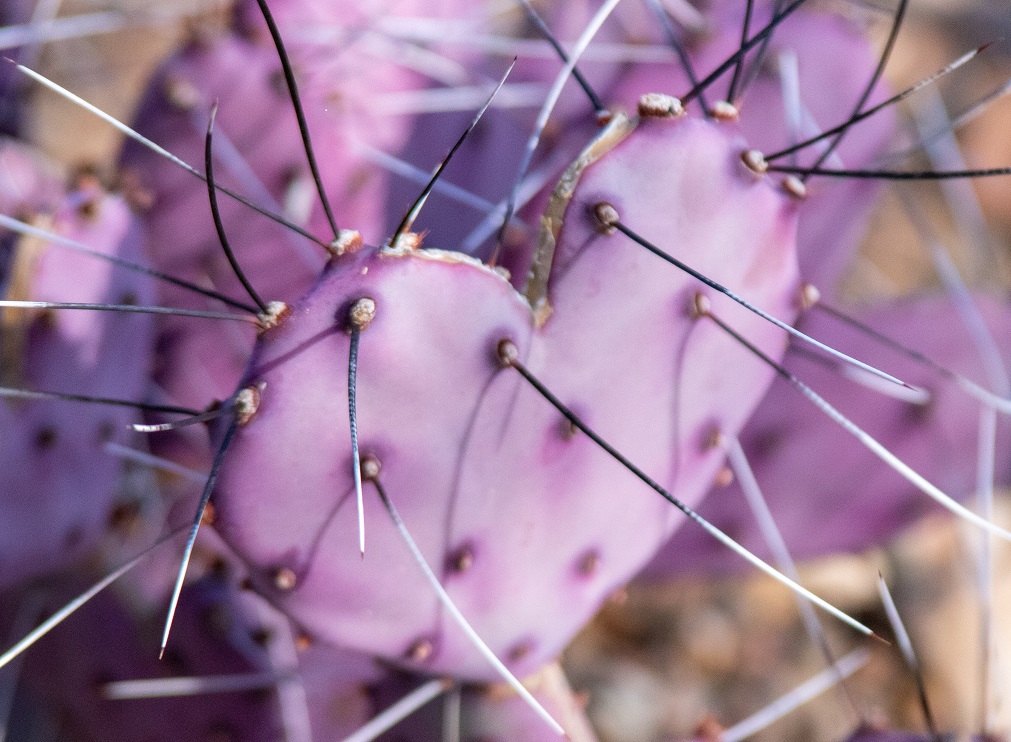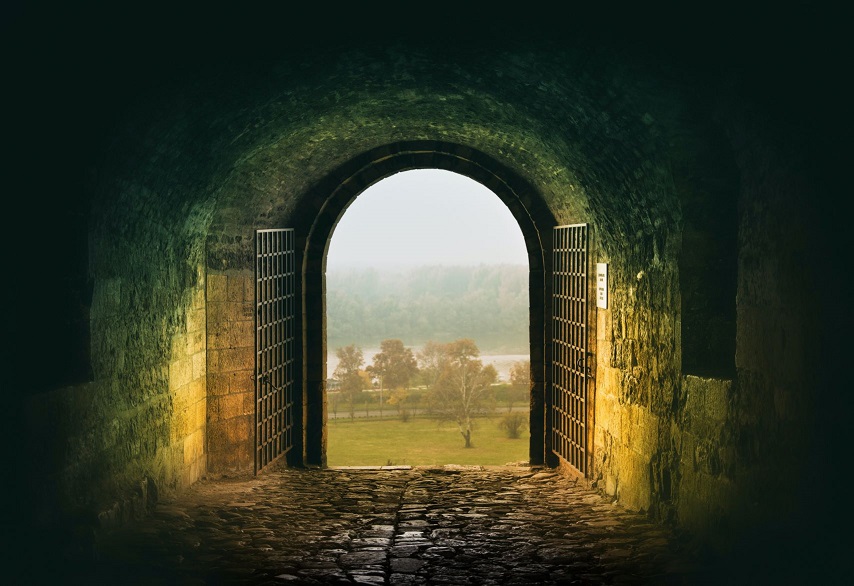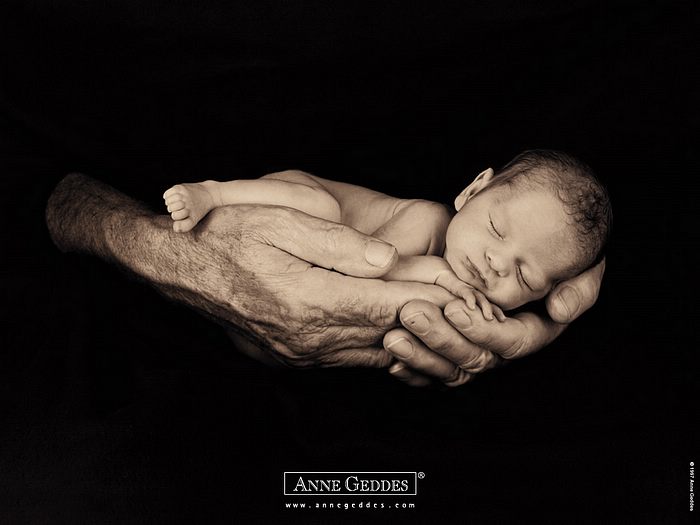
Your body is the only thing you have for your entire life. Know your self as embodied. Know your body. Honor your body. Listen to your body. Celebrate your body.
You come into this world in a little wrinkled body, and you leave in a large wrinkled body … if you’re lucky. ~Wayne Dyer
But gosh, sometimes it’s hard to feel lucky, isn’t it?
Embodiment is the first foundation of my Coaching Intensive for a reason.
The process of disconnecting ourselves from our body begins at birth. We learn not to trust our body’s messages as we’re socialized in a capitalist culture. What your body wants is damned inconvenient for a product-driven, resource-draining patriarchal economy, so you’re taught not to listen to it.
This body-vacating, head-driven way of living is especially true for those of us socialized as women.
As women, we’re taught to be pleasing, which means small, quiet, helpful, compliant, and outwardly-focused. We’re taught that our bodies are not ours to do with as we please, but as others please. Our parents, our teachers and pastors, our husbands, Congress and the Supreme Court, the random dude on the street who ogles our breasts, the plastic surgeon who tells us we should want our pre-baby vagina back — all presume to take ownership of our bodies. After a while, our bodies never feel like ours, except in secret.
Our body’s voice becomes the enemy’s voice, a voice we have to resist and tame. So we diet, we exercise hard, we ignore our sexual preferences, we hate on our wrinkles and folds. We fit into the small, quiet, helpful, outwardly-focused box labeled “feminine.” This process of disconnecting us from ownership of our bodies has been going on for so long it’s invisible. It’s the air we breathe.
Abdicating ownership of your body is how you’ve learned to stay safe in a culture which only values your body as a commodity. It’s not your fault.
Stop reading and take a moment. Feel into your body. Is my bleak description accurate to you? Are you angry? Are you sad?
Again, vacating your body—seeing it as an enemy to be vanquished through self-criticism, diets, over-exercise, ignoring its cries for help—is how you’ve stayed safe in a culture that wants your body for its own uses and occasionally uses violence to get it. Being disembodied is not your fault. But, now that you see what you’ve been taught as the lie it most assuredly is, reclaiming your body is your responsibility.
Here’s what’s actually true.
Your body is yours to care for, direct, and enjoy. Yours, and no one else’s. Embodiment, being embodied, fully inhabiting and adoring your sweet pod, is necessary for healing.
Your body doesn’t lie. It only tells the truth. You came into this life only capable of telling the truth. Lying is a skill you acquired as your brain matured, and you became more savvy about how to get along in our sick culture.
Our minds tell our bodies that only our minds know the truth, and over time we believe the lie. What’s true? When you “let the soft animal of your body love what it loves,” you will turn toward home.
Underneath decades of accreted socialization and associated untruths, there you are. The real you. The embodied you. The you that carries who you really are and what you really want.
That’s why this is where we start. We re-center our knowing in our bodies, because our bodies are where joy, wisdom, and truth live.
Your body is waiting for you. Go home. Go home.
PS. The Body Compass tool is the first thing I teach new clients, and we use it throughout our work together. Contact me to schedule a free no-strings-attached Clarity Call where we can explore how to access your body’s truth-infused wisdom.
Photo credit: Anne Geddes

